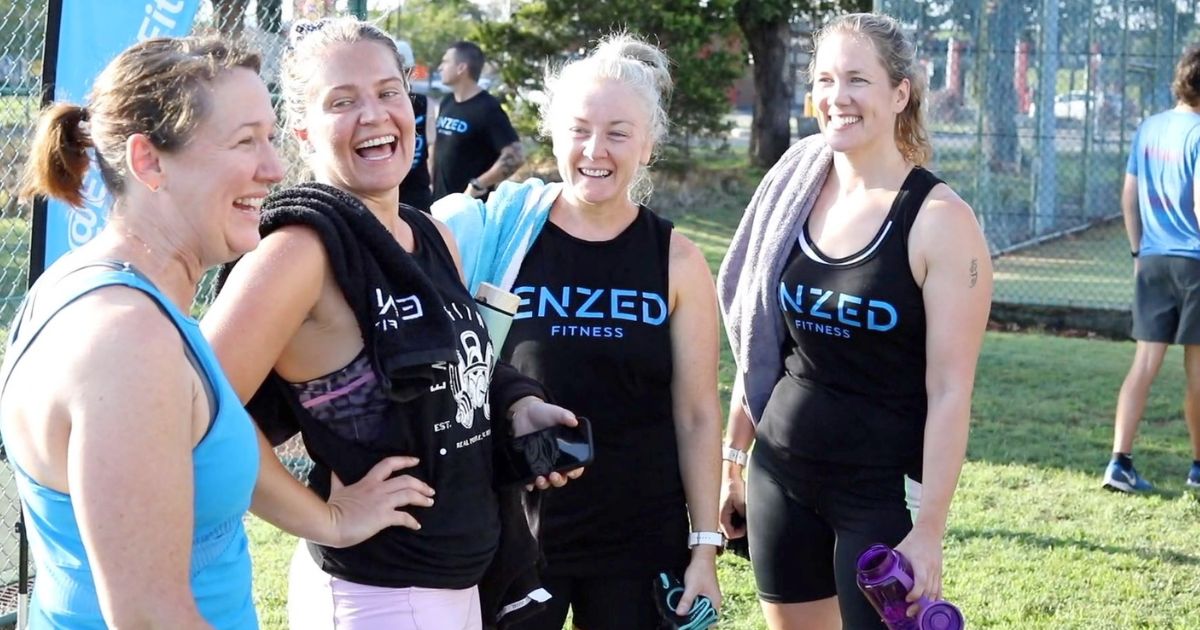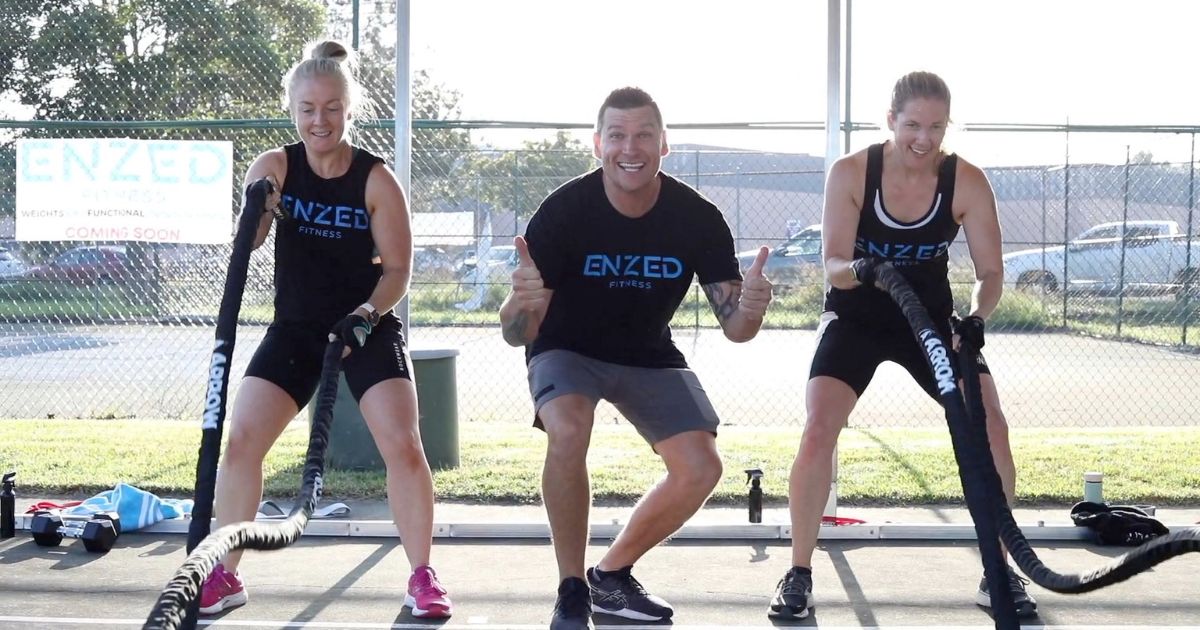
How to Set Effective Fitness Goals In 4 Steps
Goals might seem unnecessary but having them provides you with a direction.
Instead of jumping from one idea to the next, you have an objective that makes it easier for you to put together an effective plan.
Plus, goals offer clarity and force you to evaluate what matters most. Too many people struggle to make progress precisely because they fail to realize what they truly want.
But, as with most things, there is a right and wrong way to go about goal-setting. Today, we’ll go over the four steps you need to follow when setting any goal.
Let’s dive in.
Step 1: Get Specific
The first step to setting any good goal is making it specific. In other words, the objective should be clear enough and provide you with enough information to know what you need to start doing.
Here is an example of a vague goal:
“I’m going to lose weight.”
Sure, it sounds good, but there is nothing specific about it. A much better approach would be:
“I want to lose 6 kgs.”
Step 2: Set a Deadline
The second step to setting practical goals is to have a deadline. Many people struggle to achieve goals not because they are flawed or hopeless but because they don’t have a deadline. So, procrastination becomes likely, and peoplelack the urgency to take action now.
Going back to our example from above, you can give yourself a deadline of two months from now if you want to lose 6kgs.
Be realistic with your deadlines because just as they can motivate you, failing to achieve goals within the planned period can discourage you from continuing.
Step 3: Make it Measurable
Making goals measurable is the third crucial element for success. Regardless of your objective, you should be able to break it down and measure your weekly or monthly progress toward achieving it.
For example, our above goal is to lose 6kgs in two months, which is excellent. We can break that up into weekly and monthly objectives and track our progress on every step. Spreading 6kgs across eight weeks would mean that our weekly aim is to lose 0.75kgs.
Step 4: Ensure That It Is Relevant
The last step to setting effective goals often seems irrelevant, and many people choose to skip it. But, ironically, that step is what determines the validity of our whole process.
Too many people set the wrong goals for themselves and end up regretting them later because they spend a lot of time on something they don’t honestly care about. Even worse, folks sometimes set contradicting goals and end up spinning their wheels for months, even years.
For example, trainees often set goals to get stronger and improve their endurance. While it’s entirely possible to improve both measures, you will struggle to make good progress by chasing these together.
So, the next time you sit down to set goals, ask yourself these two questions:
- Do I genuinely care about this outcome, and would I feel happy and fulfilled if I achieve it?
- Are the goals I’m setting complementing one another, or might one get in the way of another?





